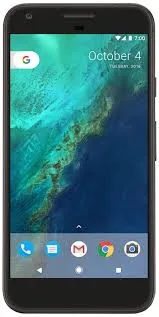One of the most common qualms from smartphone users is how their phones never last through the whole day. Despite all the advances in smartphones in recent years, such as quick charging solutions like Quick Charge, Dash Charge and SuperCharge, batteries feel like they have not evolved quick enough to keep up with our needs.

Part of the blame goes onto OEMs, who do work towards making our smartphones more efficient year-on-year. But on the flip side, the increasing efficiency of our smartphones are seen as perfect excuses to thin down our phones by yet another millimeter. And to retain the practicality of the phone, advances in the field of charging are advertised as a key feature of the device. So what if your phone dies after 6 hours of standby? Now you can get a day’s power in half an hour, or some other slogan.
Choice, one of Android’s strongest selling points, also ends up confusing users when it comes to charging standards. There are multiple charging solutions available across Android flagships, with their own positive and negatives attributes, intricacies and particularities.we will take a look at the performance and efficiency of some popular charging standards, namely Huawei’s SuperCharge, USB Power Delivery, OnePlus’s Dash Charge, Samsung’s Adaptive Fast Charging, and Qualcomm’s Quick Charge 3.0.